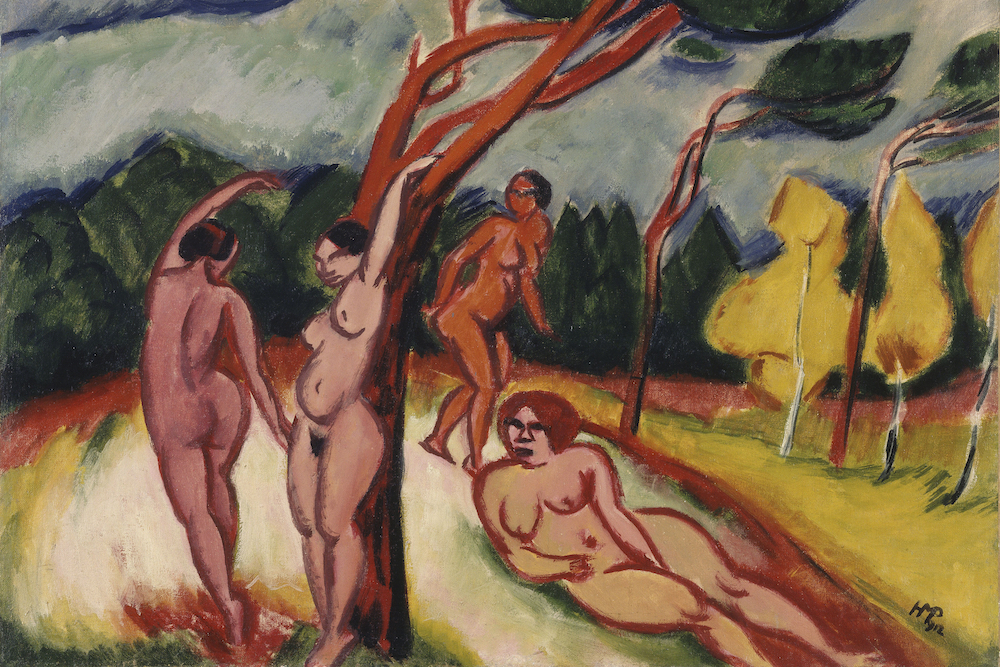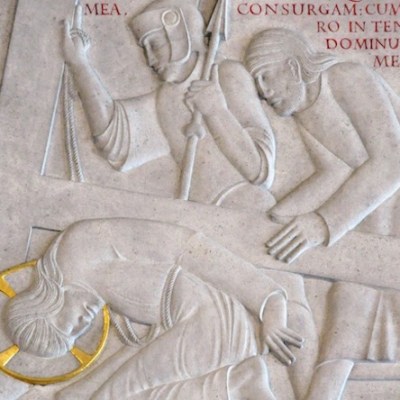Around one million artworks, a fraction of the estimated total stolen by the Nazis, were recovered after the Second World War. This display at the Jewish Museum in New York (until 9 January 2022) focuses on the stories of these objects before, during and after their seizure; among them are two Matisse paintings once owned by the renowned French gallerist Paul Rosenberg, seized from a bank vault after Rosenberg had fled Nazi-occupied France, and separated, only to be reunited decades later. The exhibition also includes Jewish ceremonial objects, many looted from destroyed synagogues, and four new commissions from contemporary artists responding to the theme of the exhibition. Find out more from the Jewish Museum’s website.
Preview below | View Apollo’s Art Diary here
Movement of repatriated art (c. 1945-49), Johannes Felbermeyer. Getty Research Institute, Los Angeles
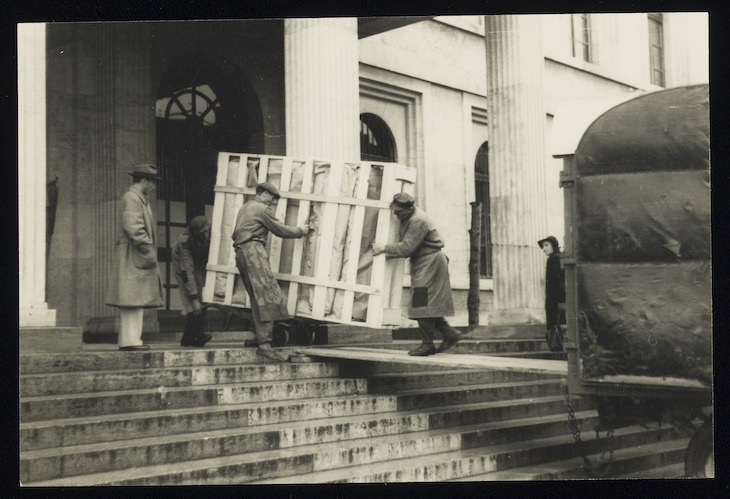
Tiered seder plate (18th–19th century). Jewish Museum, New York
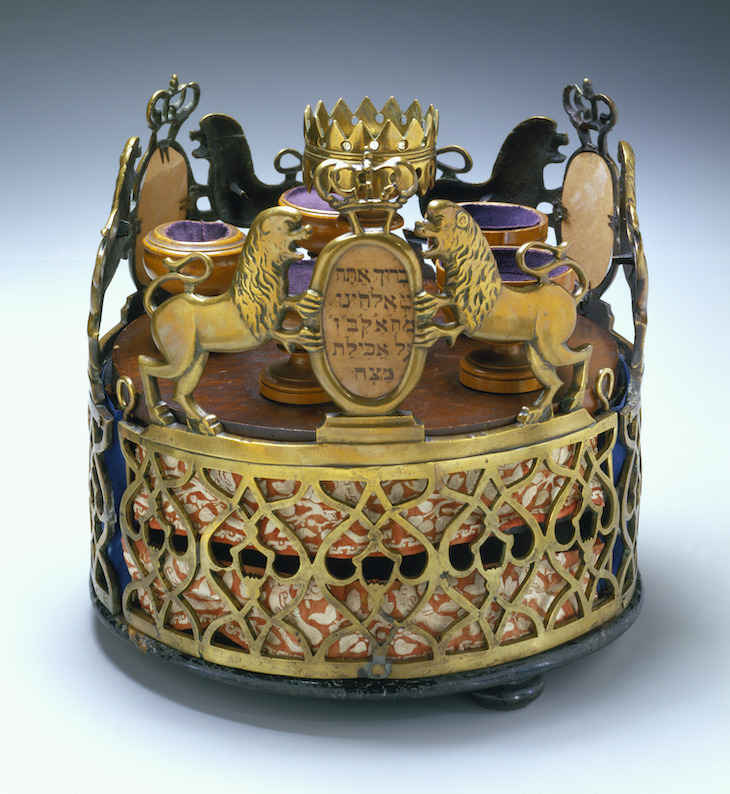
Girl in Yellow and Blue with Guitar (1939), Henri Matisse. Photo: The Art Institute of Chicago/Art Resource, New York; © Succession H. Matisse/Artists Rights Society (ARS), New York
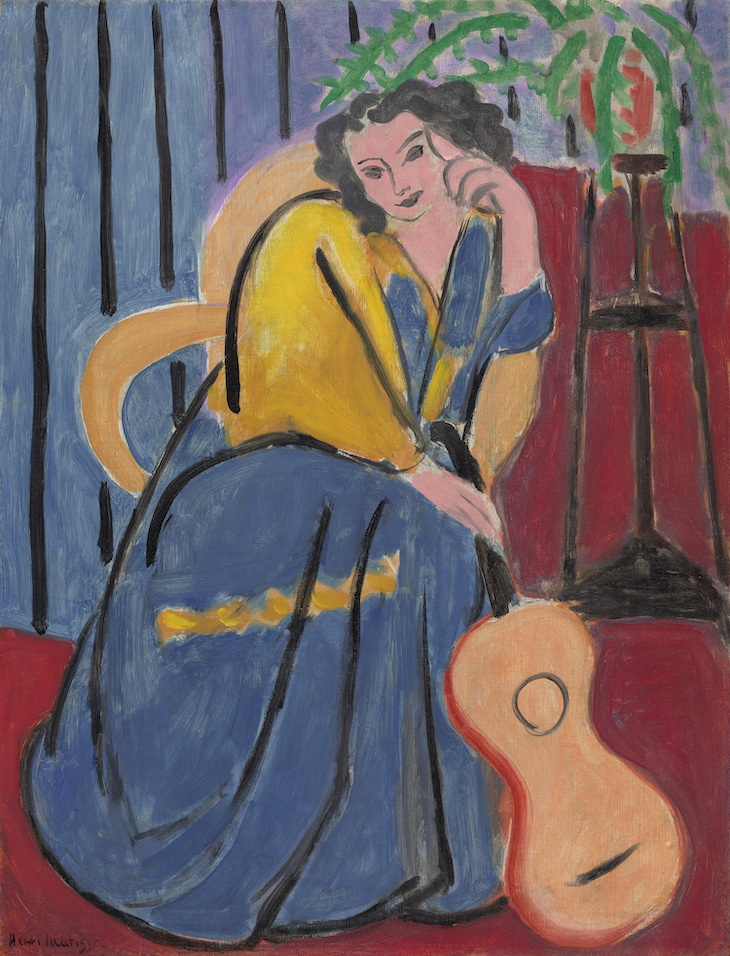
An Act of Mercy: Giving Drink to the Thirsty (1620), Bernardo Strozzi. John and Mable Ringling Museum of Art, the State Art Museum of Florida, Florida State University, Sarasota

Landscape (1912), Max Pechstein. Estate of Hugo Simon. Photo: Philippe Migeat; © Pechstein Hamburg / Tökendorf/Artists Rights Society (ARS), New York; image provided by CNAC/MNAM, Dist. RMN-Grand Palais/Art Resource, New York

